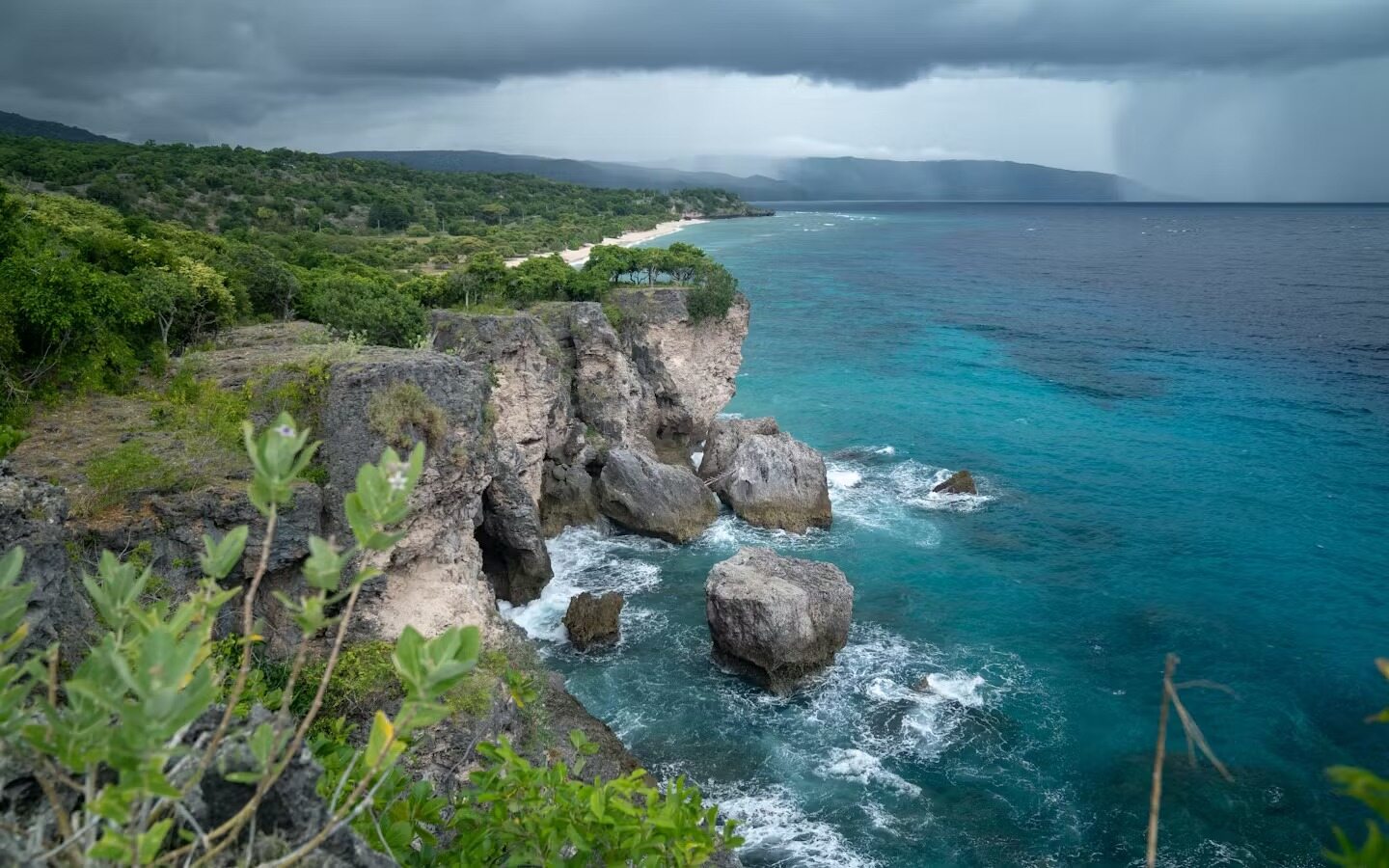
Protected areas are like nature's safe havens, where wildlife and plants thrive without human interference. Did you know that over 15% of the Earth's land and 7% of its oceans are designated as protected areas? These spaces are crucial for preserving biodiversity, providing clean air and water, and offering a refuge for endangered species. From national parks to marine reserves, they come in various forms, each with unique rules and purposes. Some protect ancient forests, while others safeguard coral reefs. These areas also offer people a chance to connect with nature, whether through hiking, birdwatching, or simply enjoying the scenery. Understanding these protected spaces helps us appreciate their role in maintaining a healthy planet. Let's dive into some fascinating facts about these vital areas and discover why they matter so much!
What Are Protected Areas?
Protected areas are special regions set aside to conserve nature and cultural heritage. They play a crucial role in preserving biodiversity and providing a safe haven for wildlife. These areas can vary in size and purpose, but they all aim to protect the environment and its inhabitants.
-
Global Coverage: Protected areas cover about 15% of the Earth's land surface and 7% of the oceans. This vast network helps safeguard countless species and ecosystems.
-
Diverse Types: There are several types of protected areas, including national parks, wildlife reserves, and marine protected areas. Each type serves a unique purpose in conservation efforts.
-
Oldest National Park: Yellowstone National Park in the United States, established in 1872, is the world's first national park. It set the precedent for conservation efforts worldwide.
-
UNESCO World Heritage Sites: Many protected areas are also UNESCO World Heritage Sites, recognized for their outstanding cultural or natural significance.
-
Biodiversity Hotspots: Protected areas often overlap with biodiversity hotspots, regions with a high number of endemic species that are under threat.
Why Are Protected Areas Important?
These areas are vital for maintaining ecological balance and supporting human life. They provide numerous benefits, from clean air and water to recreational opportunities and cultural preservation.
-
Carbon Storage: Forests within protected areas store large amounts of carbon, helping mitigate climate change by reducing greenhouse gases in the atmosphere.
-
Water Regulation: Many protected areas play a key role in regulating water cycles, ensuring clean and reliable water supplies for nearby communities.
-
Cultural Significance: Indigenous peoples often have deep cultural ties to protected areas, which can hold spiritual and historical importance.
-
Tourism and Economy: Protected areas attract millions of visitors each year, boosting local economies through tourism and related activities.
-
Scientific Research: These regions provide valuable opportunities for scientific research, helping us understand ecosystems and develop conservation strategies.
Challenges Facing Protected Areas
Despite their importance, protected areas face numerous challenges that threaten their effectiveness and longevity. Addressing these issues is crucial for their continued success.
-
Illegal Activities: Poaching, logging, and mining are illegal activities that can severely damage protected areas and their wildlife.
-
Climate Change: Rising temperatures and changing weather patterns can alter habitats, putting pressure on species and ecosystems.
-
Invasive Species: Non-native species can disrupt local ecosystems, outcompeting native species and altering habitats.
-
Funding Shortages: Many protected areas struggle with inadequate funding, limiting their ability to manage and conserve resources effectively.
-
Human-Wildlife Conflict: As human populations grow, conflicts between people and wildlife can increase, threatening both.
Success Stories in Protected Areas
Despite challenges, there are numerous success stories where protected areas have made a significant positive impact on conservation and local communities.
-
Gorilla Conservation: In Africa, protected areas have helped increase the population of mountain gorillas, a once critically endangered species.
-
Coral Reef Protection: Marine protected areas in places like the Great Barrier Reef have helped preserve coral ecosystems and marine biodiversity.
-
Reforestation Efforts: Some protected areas have successfully implemented reforestation projects, restoring habitats and increasing biodiversity.
-
Community Involvement: Involving local communities in conservation efforts has led to more sustainable and effective management of protected areas.
-
Species Recovery: Protected areas have played a key role in the recovery of species like the American bison and the Arabian oryx.
-
Innovative Management: Some regions have adopted innovative management practices, such as using technology for monitoring and enforcement, to enhance conservation efforts.
The Heart of Conservation
Protected areas are more than just pretty places on a map. They’re vital for preserving biodiversity, protecting endangered species, and maintaining ecosystems. These spaces offer a refuge for wildlife and a chance for humans to connect with nature. They help combat climate change by storing carbon and providing clean air and water. Local communities often benefit from these areas through ecotourism and sustainable resource use. However, challenges like poaching, deforestation, and climate change threaten their integrity. It’s crucial for governments, organizations, and individuals to work together to safeguard these treasures. By supporting conservation efforts and respecting these spaces, we can ensure they thrive for future generations. Protected areas are not just about saving nature; they’re about saving ourselves too. Let’s cherish and protect these essential parts of our planet.
Was this page helpful?
Our commitment to delivering trustworthy and engaging content is at the heart of what we do. Each fact on our site is contributed by real users like you, bringing a wealth of diverse insights and information. To ensure the highest standards of accuracy and reliability, our dedicated editors meticulously review each submission. This process guarantees that the facts we share are not only fascinating but also credible. Trust in our commitment to quality and authenticity as you explore and learn with us.


